Week 27: Rewrite Thanksgiving
“rewrite Thanksgiving”
Collage, cut New Yorker Magazine paper, 9" x 12"
I have a dear friend who wanted to have a little fun on Facebook this Thanksgiving. He put out the request: “Ruin Thanksgiving in four words.”
I was the first to reply: “Enjoy your murdered turkey!” He laughed. And probably went on to enjoy his murdered turkey, just like so many Americans do.
When I was deciding on which New Yorker issue to work with this week, I knew I wanted a Thanksgiving theme. I had three issues to choose from, but my eye kept coming back to this one from 2019 with cover art by Wayne Thiebaud.
“Stuffed” by Wayne Thiebaud @waynethiebaudart
The New Yorker, November 25, 2019
If you know me—and if you’re reading this blog there’s a big fat chance that you do—you know that I don’t eat animals. And so I struggled. This lovely painting on the cover looked like murdered turkey to me. A decapitated, defooted, bound up, burned up, once lovely creature. A fellow sentient being.
But the table of contents looked intriguing, so I went with it. One particular piece literally became my collage: “The Invention of Thanksgiving: Massacres, myths, and the making of the great November holiday,” by Philip Deloria, Critic at Large.
Deloria’s piece addresses a couple of different books about the history of Thanksgiving, and I learned some interesting details. If you are inclined to read the piece, I recommend it. You’ll see parts of the story in my collage.
I’m guessing it’s common knowledge by now that there’s a lot of myth in our current holiday. Still, I’m a big fan of gratitude. I have experienced its transformative power. So I’m grateful for a holiday where gratitude is front and center.
But let’s face it. Turkey shares the stage with—and often upstages—gratitude.
Like most Americans, I grew up eating meat. On Thanksgiving I would hang out in the kitchen while Dad carved the turkey because I knew he would give me a little preëmptive piece of crunchy skin. Every year of my youth through college.
The instant I graduated from college I drove from Athens, Georgia, to Xenia, Ohio, for my first real professional theatre gig. I spent that whole summer performing in an outdoor drama called Blue Jacket, about a white man (I know) who became a Shawnee chief.
I learned a few things about American indigenous cultures that I had not learned in school. The thing that stuck with me most was how sacred the relationship between the hunter and the hunted animal was, and that no part of the animal went to waste.
Not long after that summer, I decided that if I couldn’t have the same kind of sacred experience with the animals on my plate, I no longer wanted to be part of the slaughter. So I quit eating meat.
Dina, I love meat. Why are you telling me this? Are you trying to make me feel guilty?
That’s between you and your God. *winky face*
What I am telling you is that I am struck by our ability to rewrite our own stories. The more I discover, the more I am able to decide who I am and what I am willing to take a stand for. My story evolves.
Not long after that summer in Xenia, I landed a gig with Unto These Hills, the second oldest outdoor drama in the country. (The Lost Colony is the oldest.)
I ended up spending ten glorious summers living, working, and playing on a mountain in Cherokee, North Carolina. It was a dreamy gig filled with love and laughter and creative opportunities. “The Big Show,” as we called it, was the story of the Cherokee Trail of Tears. I played three characters: a feisty saloon owner, the (actually non-existent) wife of President William Henry Harrison, and an indigenous woman who was captured by De Soto.
But Dina. You’re a white woman. Why were you cast to play a Native American?
Yeah. That’s a good question. And American Theatre is having a racial reckoning right now.
For many years, white people have been cast as Native Americans in many outdoor dramas around the country. Summer after summer I was paid to slather makeup known as Texas Dirt all over my body. It’s still used today in the movie industry, marketed as a special effects makeup for characters that need to look like they’ve been scuffling in the dirt and whatnot.
In outdoor dramas, the powdered makeup is mixed with a liquid solution so white people can be magically transformed into American Indians.
The thing is, I accepted that paycheck. Texas Dirt was a normal industry practice, and I said yes to it. Year after year. The longer I participated in the practice, the more I asked myself: how is this different from black-face??
I didn’t stop doing Unto These Hills of my own volition. The organization went through major structural changes. The Eastern Band of Cherokee took ownership of the show and their story, and I was grateful for that. It needed to happen.
I would like to think that, had I continued to be offered a contract, I would have finally said no—that in spite of the many wonderful things about the job, I’m not okay with putting on this makeup. Why did I do it for ten years? Was I that desperate to work as an actor?
I will never regret my time in Cherokee. I became friends with many local Cherokee folks who also worked on the show, and I learned a lot from them. But I am grateful our story is changing.
And as I ponder the rewriting of Thanksgiving, I am grateful for the truths that I and other white people are becoming aware of about racial injustice. I am grateful that stories are being rewritten to include more and more voices. I am grateful that America is having a racial reckoning.
I am also grateful for those sweet memories of being in the kitchen with my Dad. And I am grateful that I no longer eat the skin and muscle of turkeys.
My Thanksgivings have been rewritten so that the (veganized) side dishes take front and center. But come on, don’t they always? Side by side with Gratitude.
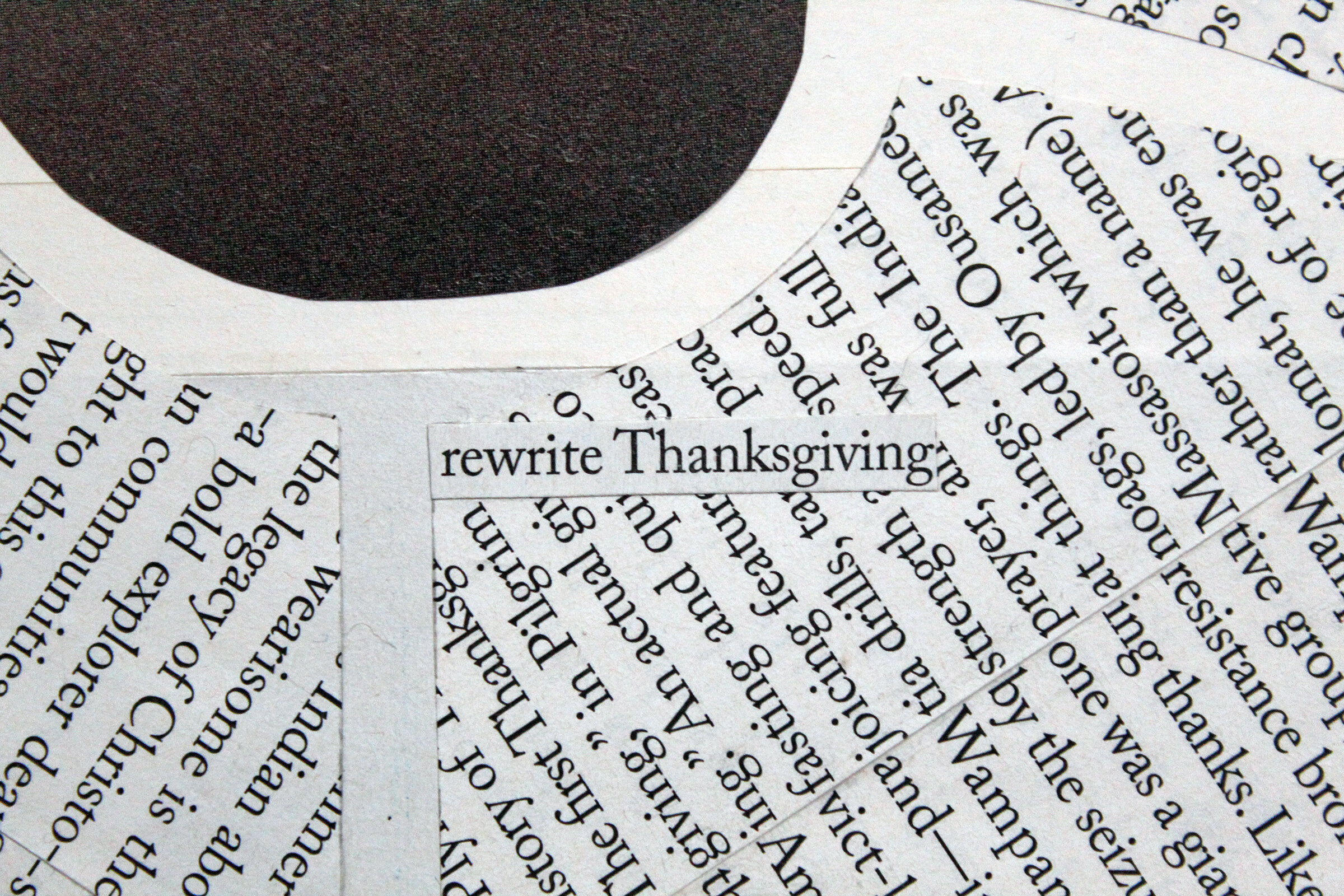
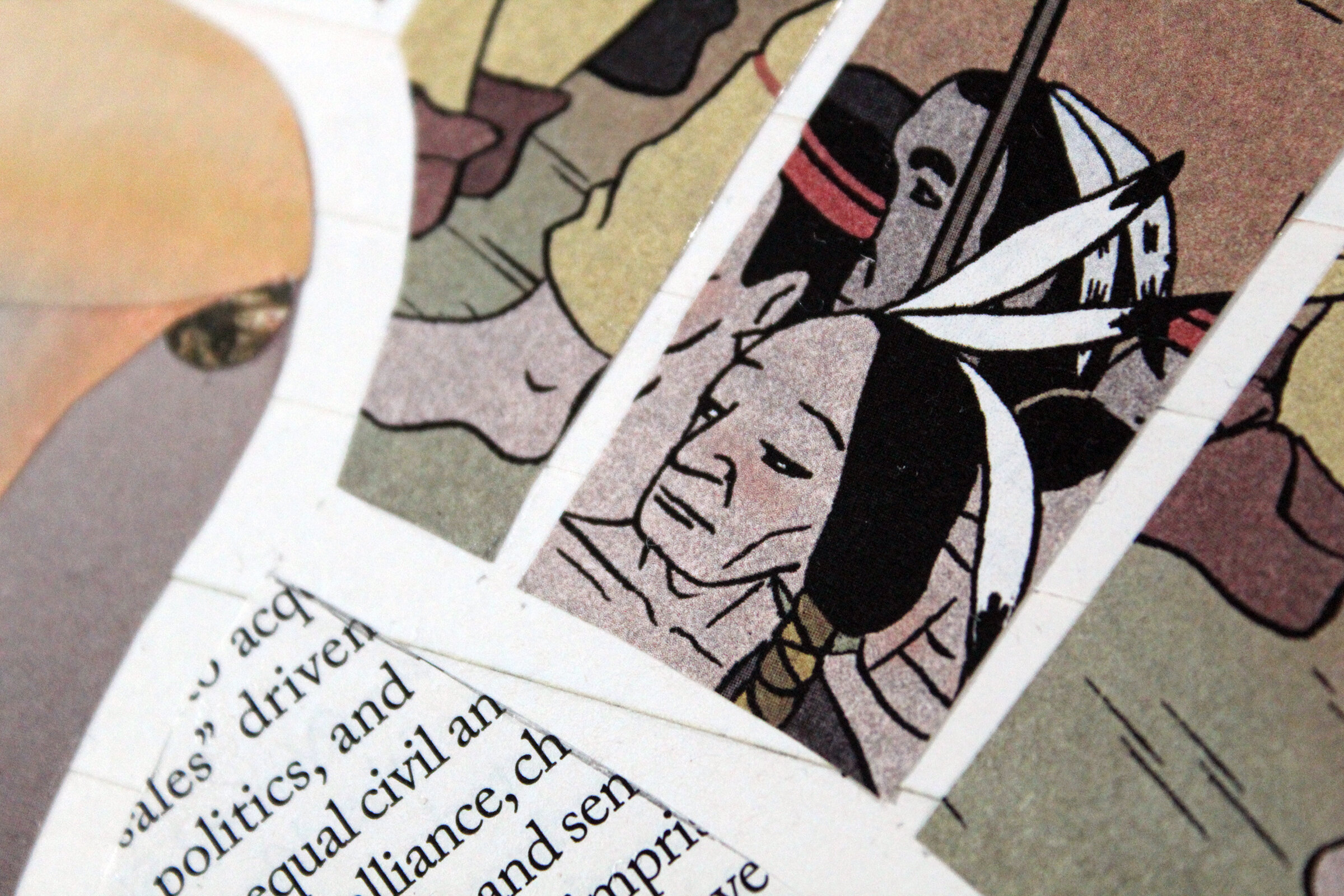

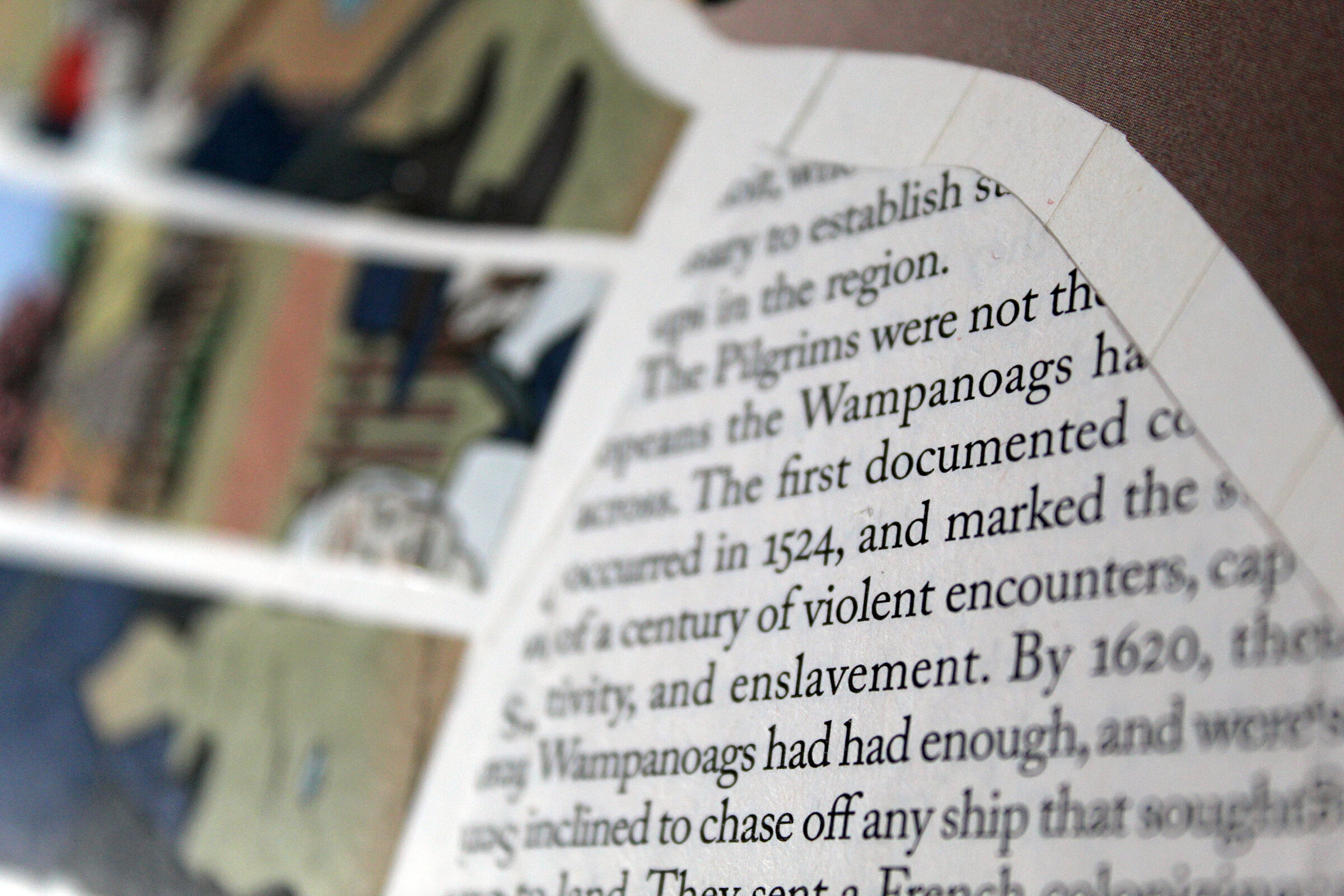
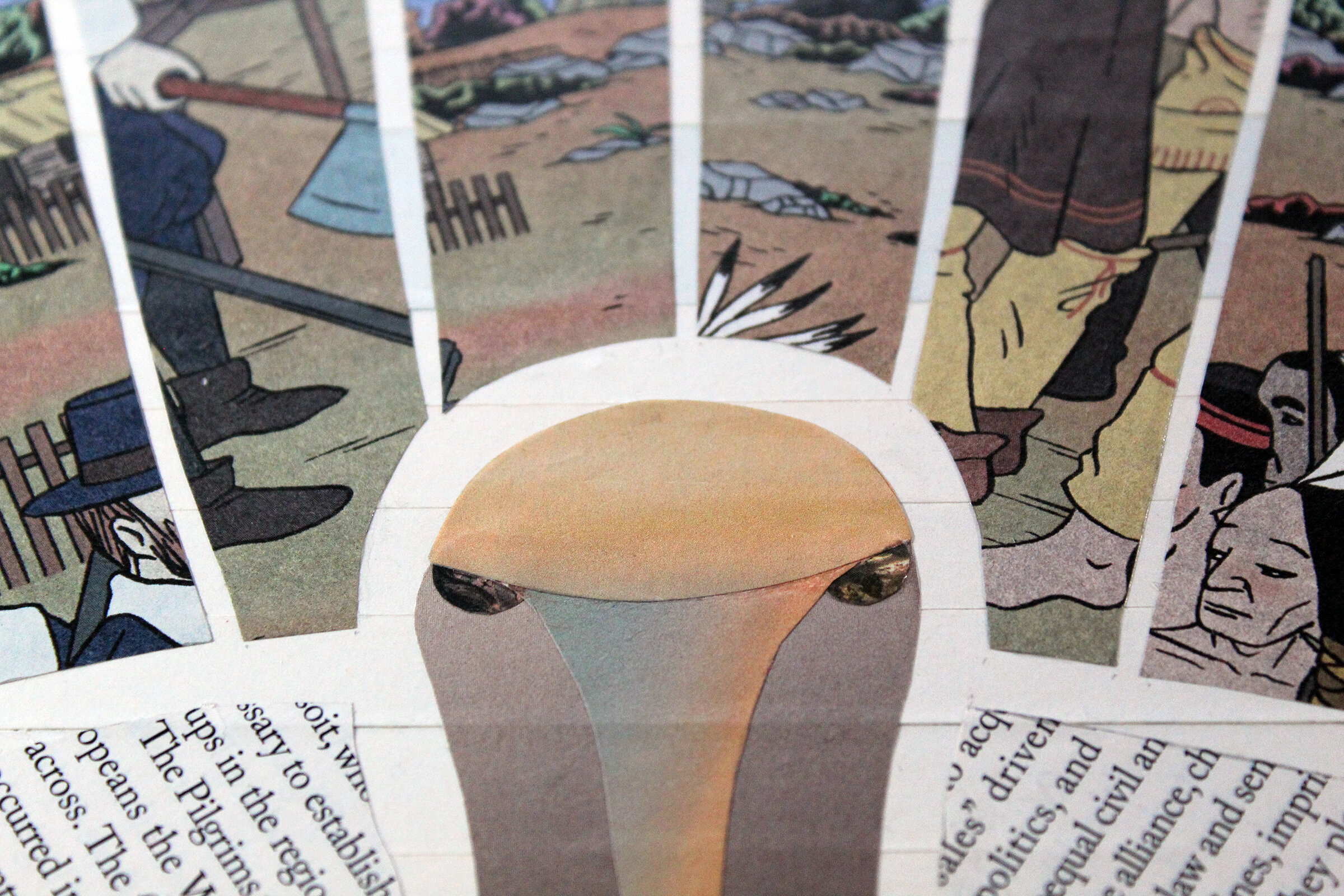
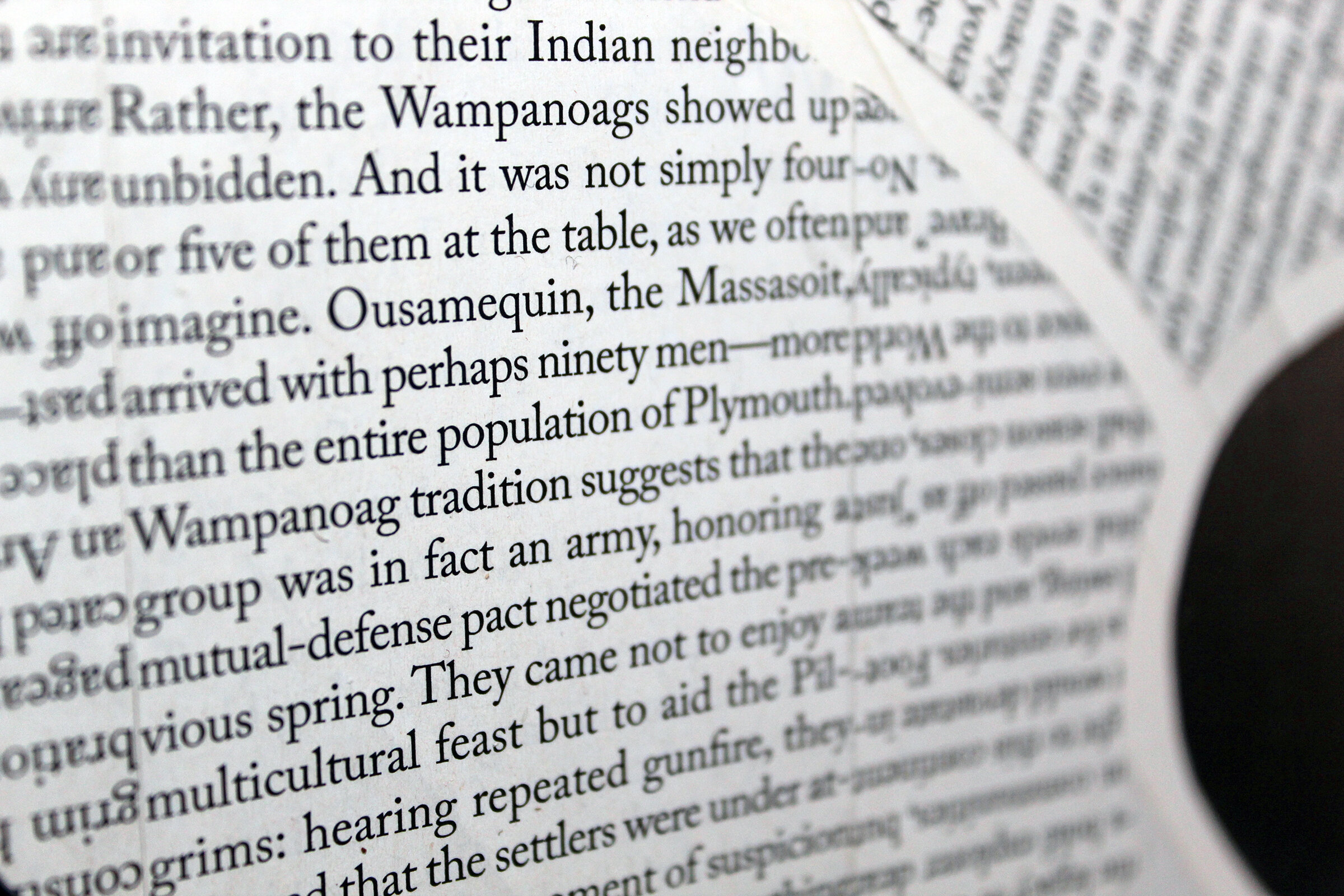
THIS WEEK’S FEATURED CARTOON



